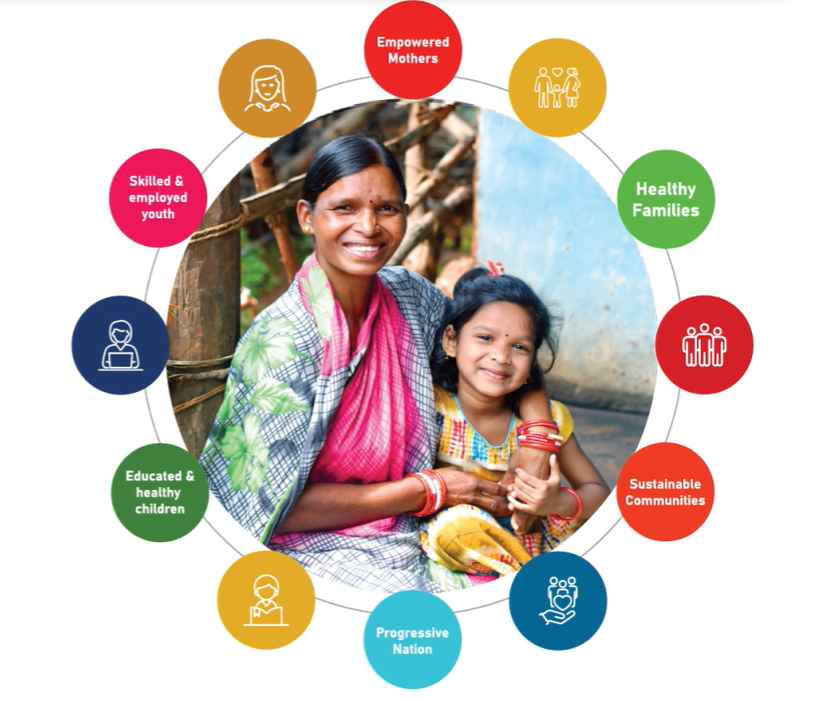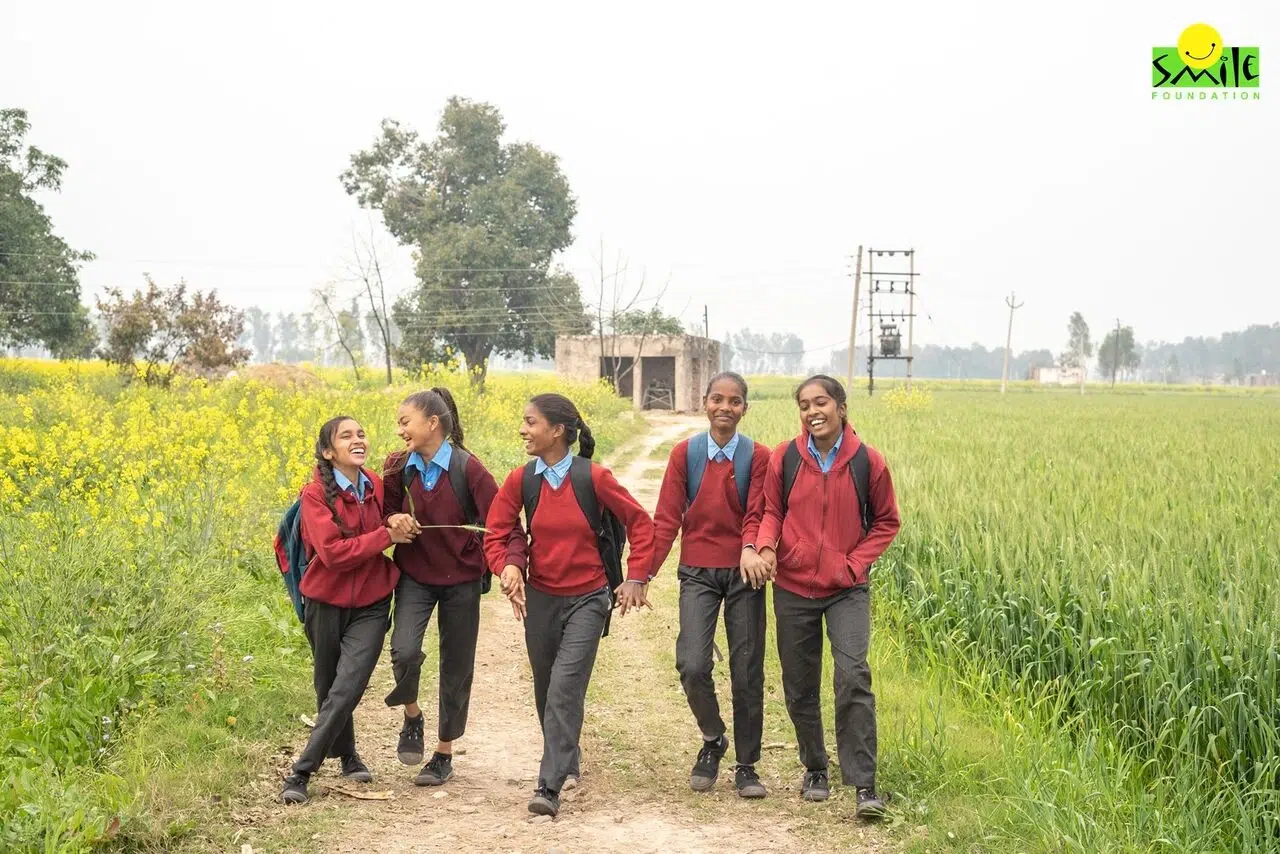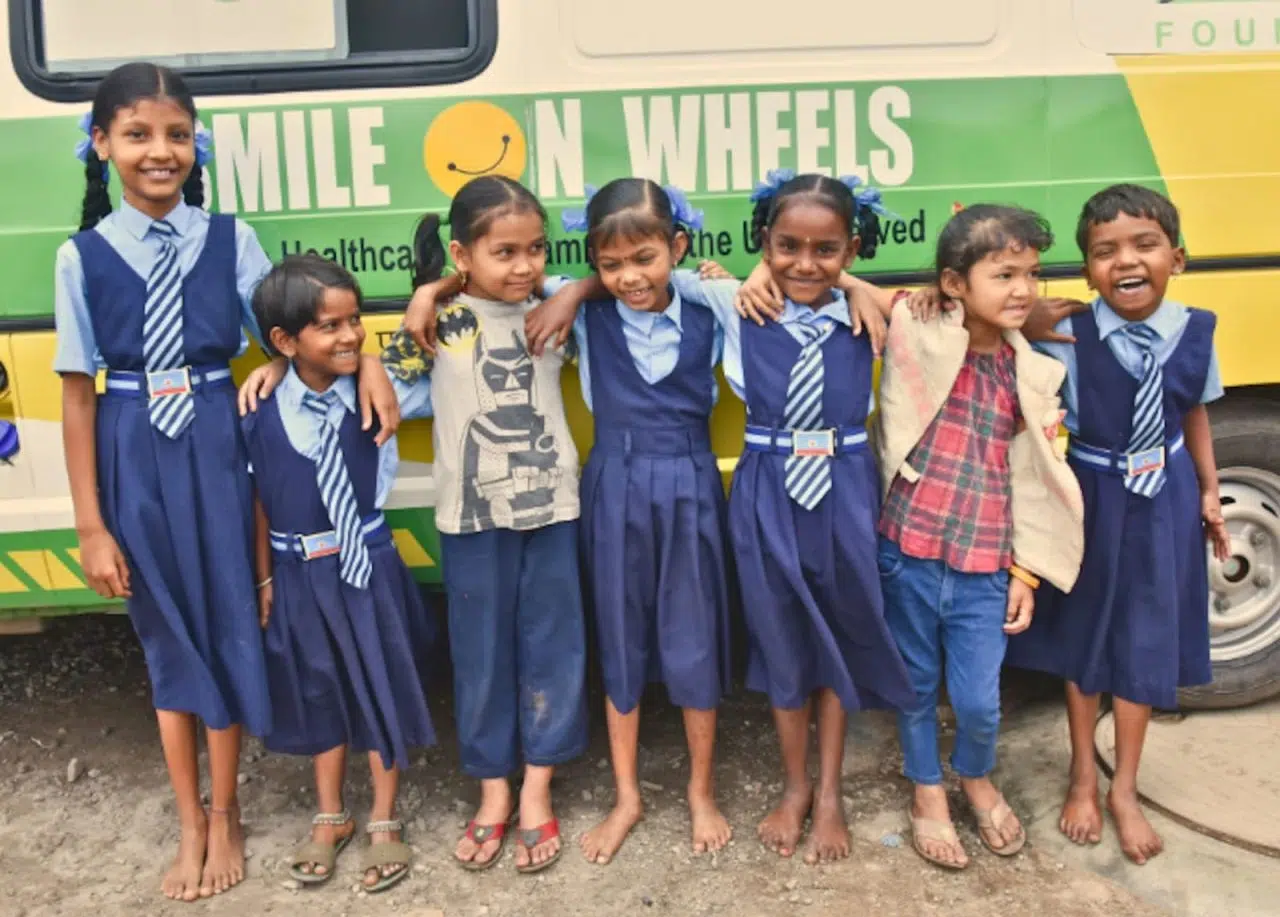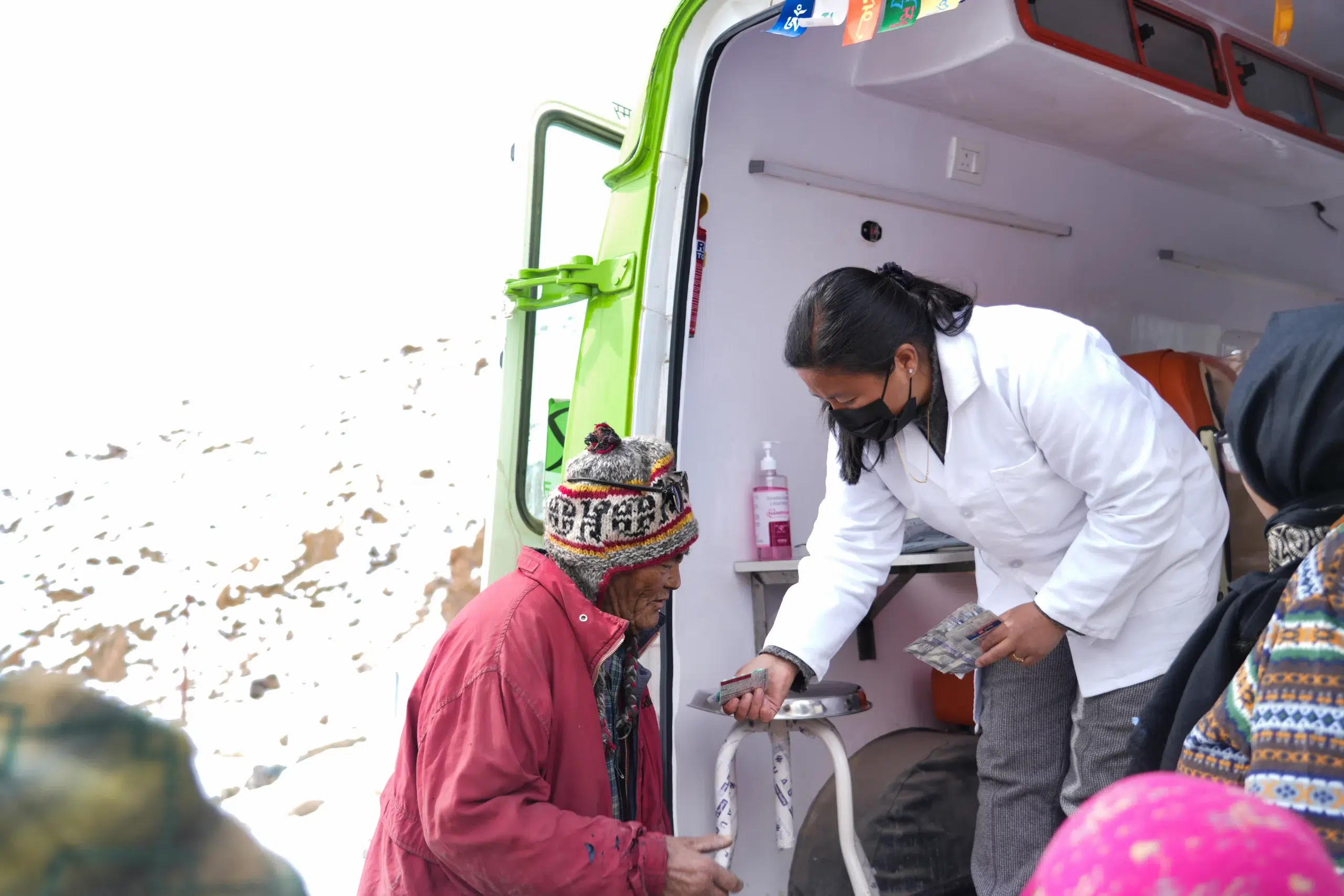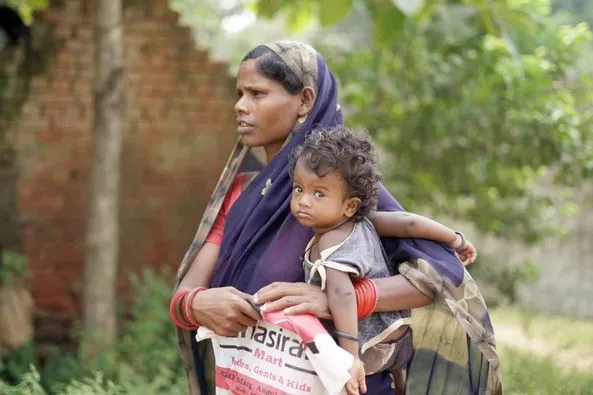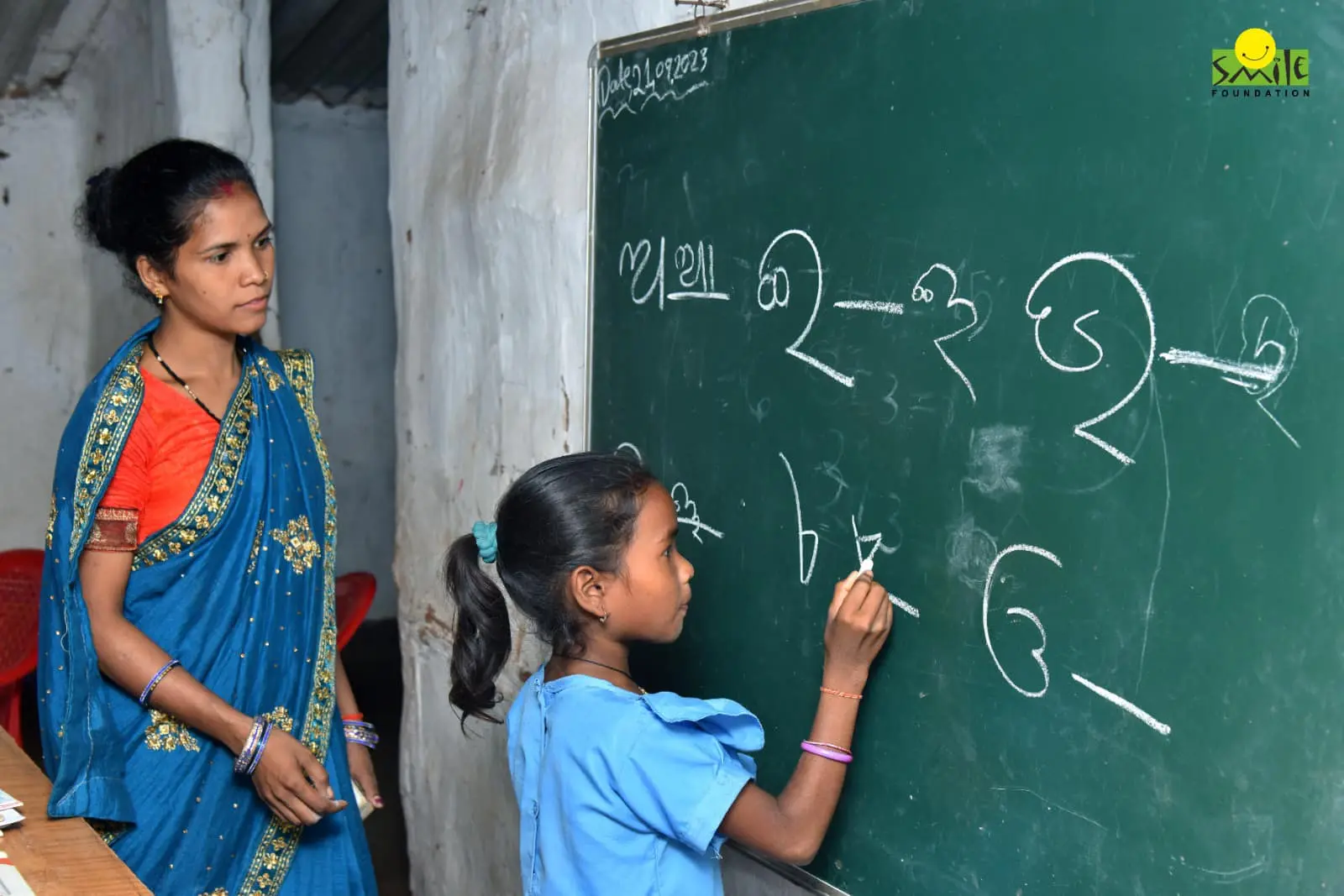The COVID-19 epidemic serves as a stark reminder of the complex and interconnected nature of the global challenges we confront. It has highlighted the undeniable connection between inequality, discrimination and health.
Moving forward, a comprehensive response must address root causes such as deforestation, air pollution and inadequate healthcare. The response should also consider consequences like economic resilience and social protection. Let us understand why intersectionality in Sustainable Development Goals (SDGs) is a keystone to achieving their long-term benefits. All the more so that responses to COVID-19 and similar crises (which are inevitable) become more equitable, inclusive and effective.
Synopsis of Sustainable Development Goals & Intersectionality
The interdependence of the SDGs is central to their concept. Spearheaded by the United Nations, SDGs represent a universal call to action to end poverty, protect the planet and guarantee all people enjoy peace and prosperity by 2030. The SDGs, launched in 2015, are a collection of 17 global objectives designed to be a “blueprint to achieve a better and more sustainable future for all.”
So, how are SDGs interdependent?
Key goals, such as gender equality, require an integrated approach. Gender Equality (SDG 5), for example, is not simply about equal rights for women worldwide, but about comprehending the particular challenges encountered by women from various backgrounds. Similarly, Reduced Inequalities (SDG 10) demand thoughtful examination of the layers of discrimination, necessitating a strategy that considers race, ethnicity, age, sexual orientation, disability and other markers of identity. Furthermore, there is a significant overlap between climate, health and development. Climate change has a wide-ranging impact on public health and development, with consequences for healthcare access, infrastructure and socio-economic stability.
Within our world’s myriad of cultural, social and economic identities, the concept of “intersectionality” emerges as an essential lens through which we can view and solve complex societal issues. Intersectionality, a term coined by Kimberlé Crenshaw, underscores the importance of understanding how overlapping identities including race, gender and class impact access to rights and opportunities.
The Essence of Intersectionality in Sustainable Development Goals
In 2006, the Convention on the Rights of Persons with Disabilities became the first human rights treaty to recognise various forms of discrimination that intersect and overlap. UN Women has emphasised the importance of adopting an intersectional approach to address violence against women. The Intersectionality Resource Guide and Toolkit, launched in 2021, emphasises the need to use intersectionality to identify individuals left behind in sustainable development and why, as well as to improve SDG policies and activities. Intersectionality ensures that strategies do not overlook the complex impediments faced by marginalised groups. By recognising these deep social dynamics, SDGs can be implemented more effectively.
How Intersectionality Has Been Put into Practice in Real Life
Real-world uses of intersectionality within the SDGs are numerous. The Joint Programme on Gender Equality and Women Empowerment in Ethiopia seeks to empower rural women by addressing gender inequality, poverty and food security. It adopts an integrative approach to addressing the overlapping challenges of gender and rural poverty, combining initiatives to improve women’s income, food security and overall economic position.
Dalmia Bharat Sugar & Industries Limited has implemented an intersectional approach to sustainable development by integrating various social and environmental goals. Their efforts focus on
- improving the livelihoods of rural communities,
- enhancing the economic status of sugarcane farmers,
- promoting social inclusion by targeting marginalised groups, including women and small-scale farmers,
- and addressing environmental sustainability through the promotion of organic farming and sustainable water management practices.
Tactics for Infusing Intersectionality in SDGs
- Policymakers can promote intersectionality in SDGs. Governments can establish legislation that expressly addresses the various hurdles that intersectional groups encounter.
- Emerging technology and innovations can help promote the intersectionality agenda in SDGs. For instance, AI and machine learning can analyse vast amounts of data to uncover patterns of inequality.
- Businesses using these advancements can create inclusive, effective CSR strategies, driving sustainable and equitable growth aligned with the SDGs. Implementing diversity and inclusion programs also helps businesses boost productivity, profitability and employee engagement.
- Education and awareness-raising are similarly critical. By educating policy-makers, stakeholders and the general public about the importance of an intersectional perspective, we sow the seeds for more inclusive development strategies.
Mindset of intersectionality in SDGs
A call to action echoes across different sectors of society to collaborate and innovate with an intersectional mindset. Smile Foundation works to integrate intersectionality within the SDGS through its initiatives like Shiksha Na Ruke, She Can Fly and Health Cannot Wait. These initiatives specifically address SDG 1: No Poverty, SDG 3: Good Health and Well-being, SDG 4: Quality Education, SDG 5: Gender Equality, SDG 10: Reduced Inequalities, while also integrating other SDGs into them. They collectively aim to improve the quality of life for girls and women by ensuring access to quality education, better health care and proper sanitation, thereby addressing key barriers to gender equality and empowerment.
Moving forward, embracing and applying intersectionality could turn the SDGs from aspirations into tangible realities for communities worldwide.



